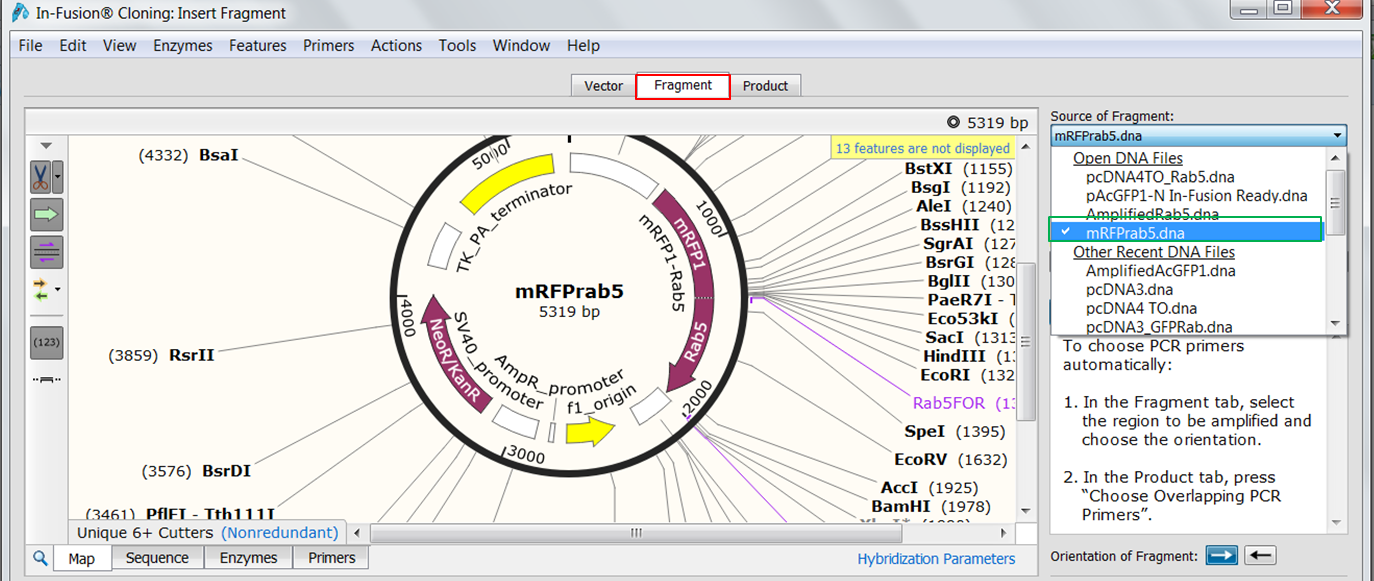

The Lp-ABCB1 locus covers ∼150 kb of sequence across 28 exons ( Fig. 1A). pictus, we first cloned, annotated and validated the gene and protein ( Fig. S1 Table S1). Additional transporter animal models would enable the study of the functions of this important gene in different contexts, such as embryonic development. However, robust knockout animal lines of this gene are limited to mice ( Schinkel et al., 1994, 1996). ABCB1 also plays a crucial role in determining embryonic susceptibility to environmental contaminants and drugs, whether encountered in utero in mammals ( Han et al., 2018) or externally by orphan embryos in the marine environment ( Hamdoun and Epel, 2007). It is one of the major rate-limiting determinants of drug penetration at the blood-brain barrier ( Schinkel et al., 1994, 1996) and of elimination of dietary and bacterial toxins in the gut ( Panwala et al., 1998 Leslie et al., 2005 Cario, 2017), and is a major contributor to drug resistance in pathological states ( Robey et al., 2018). ABCB1 is one of the best studied drug transporters and is well known for its role in xenobiotic metabolism in humans ( Szakács et al., 2006 Hamdoun and Epel, 2007 Chufan et al., 2015). Our target was the sea urchin homolog of the P-glycoprotein human drug transporter (P-gp/ABCB1). pictus lines, using standard culturing and mutagenesis methods that can be reproduced in most sea urchin labs. Here, we report the generation of homozygous mutant L. However, this species is not widely available. Only one recent study demonstrated its feasibility, by creating homozygous pigmentation mutants of Temnopleurus reevesii ( Yaguchi et al., 2020). However, the application of CRISPR/Cas9 to stable genetic modification of sea urchins is limited. In sea urchins, CRISPR/Cas9 has been primarily used for direct perturbation of genes in the F 0 generation ( Lin and Su, 2016 Liu et al., 2019 Fleming et al., 2021 Wessel et al., 2021). The advent of CRISPR/Cas9 gene editing has reinvigorated interest in a genetic manipulation of a wide range of animals ( Doudna and Charpentier, 2014 Matthews and Vosshall, 2020). Although urchin species with shorter generation times, such as Lytechinus pictus, were described long ago ( Hinegardner, 1969), the molecular tools to capitalize on their fast growth did not exist. Production of urchin lines has not been feasible because of the long generation time of widely used sea urchin species, such as Strongylocentrotus purpuratus ( Leahy, 1986). This study represents a major step towards more sophisticated genetic manipulation of the sea urchin and the establishment of reproducible sea urchin animal resources. The knockout larvae are produced according to expected Mendelian distribution, exhibit reduced xenobiotic efflux activity and can be grown to maturity. Using CRISPR/Cas9, we generated large fragment deletions of ABCB1 and used these readily detected deletions to rapidly genotype and breed mutant animals to homozygosity in the F 2 generation. We leveraged this advantage to generate a knockout mutant of the sea urchin homolog of the drug transporter ABCB1, a major player in xenobiotic disposition for all animals.

pictus has one of the shortest generation times of any currently used sea urchin. Here, we use the painted sea urchin Lytechinus pictus to address this limitation and to generate a homozygous mutant sea urchin line. However, the lengthy generation times of commonly used species have precluded application of stable genetic approaches. Sea urchins are premier model organisms for the study of early development.


 0 kommentar(er)
0 kommentar(er)
